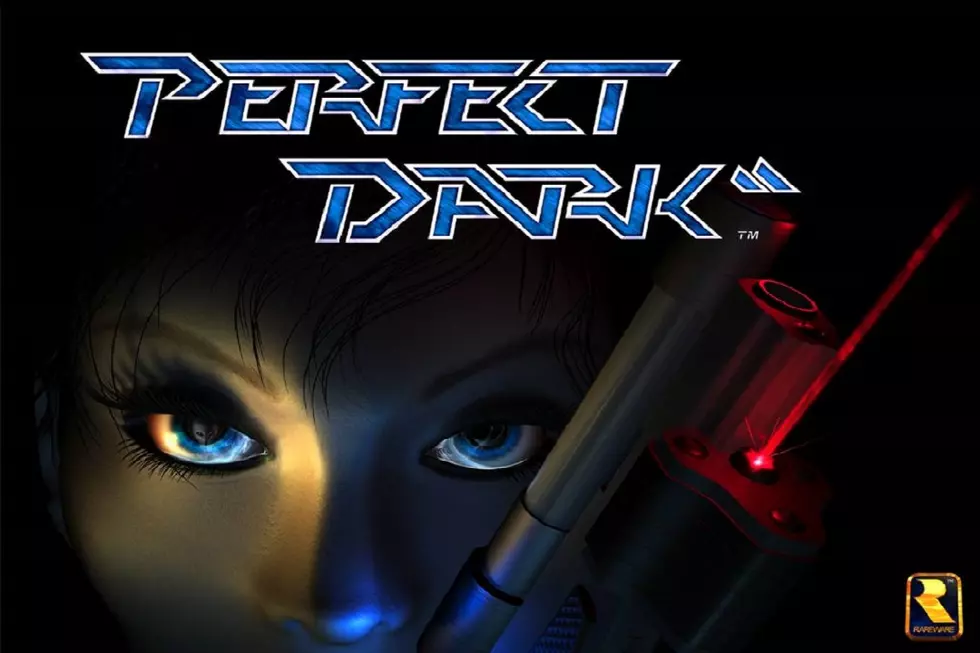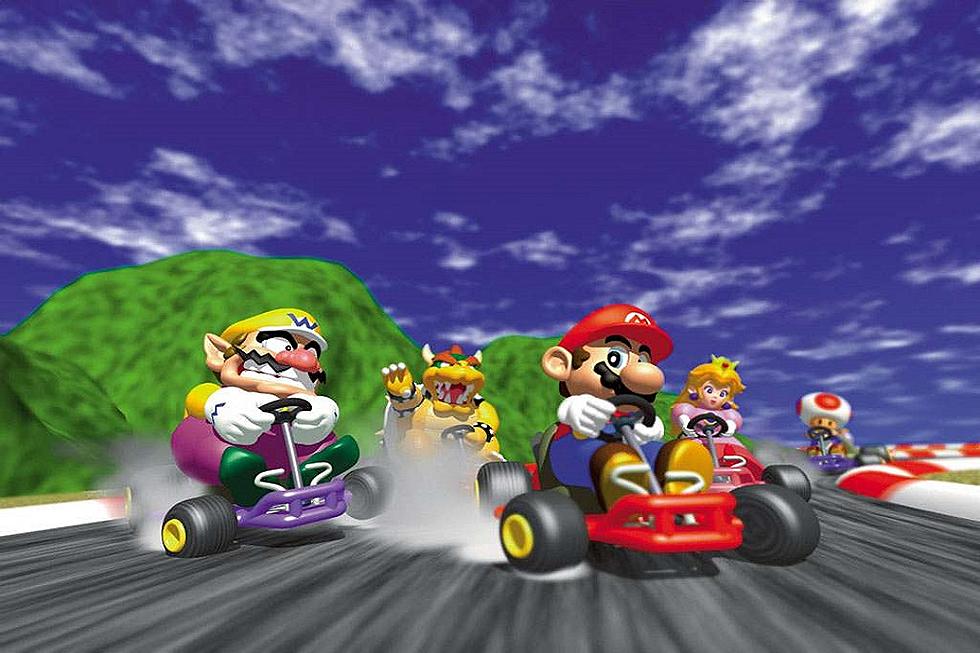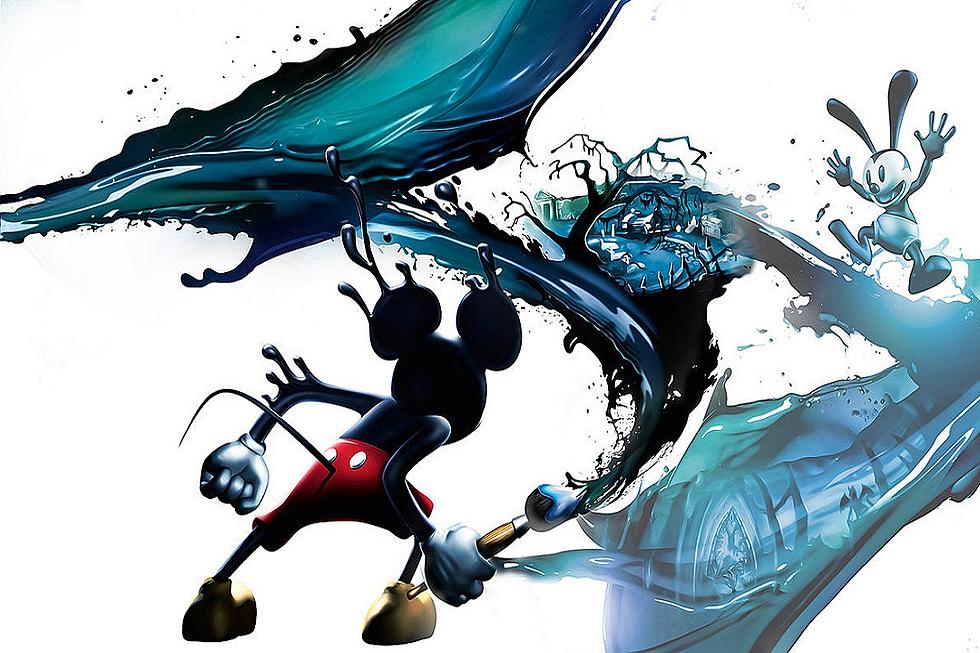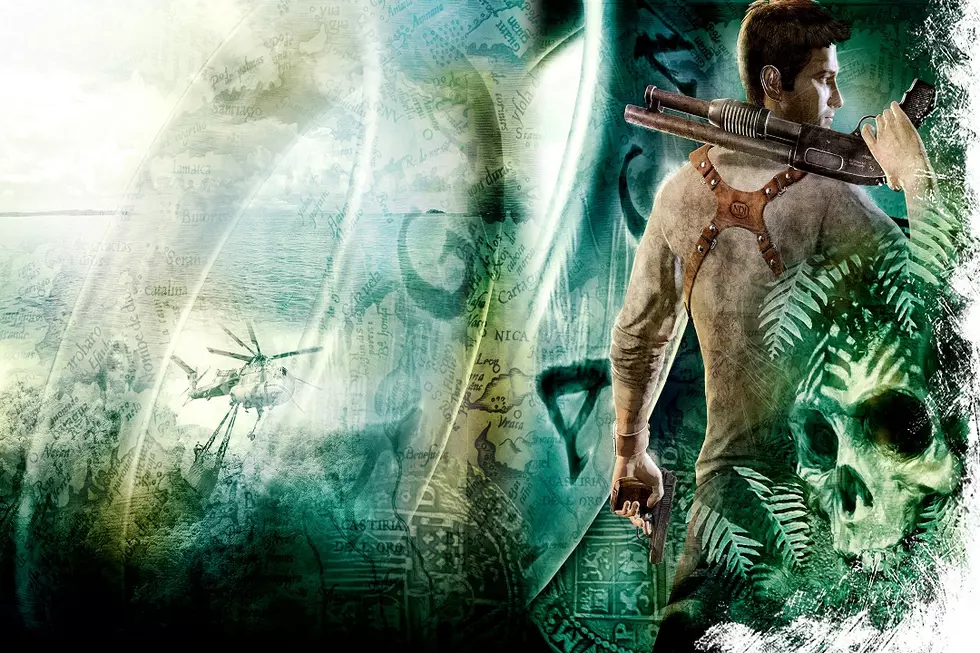
A Quest to Follow the Best: Celebrating Perfect Dark
How do you follow up on the shooter that re-defined shooters for an entire generation? How do you capture lightning a second time and make it bigger and better this time around? That’s where Rare found themselves after the stellar success of GoldenEye 007 for the Nintendo 64. The answer to this question took Rare on long and troublesome journey that would see development staff change hands and new, special technology developed. Did the end product measure up to its predecessor? In many ways yes, and today we celebrate the arrival of arguably one of the last good and most advanced first-person shooters on the Nintendo 64: Perfect Dark.
Perfect Dark’s developmental process began almost immediately after the success of GoldenEye 007. Rare initially had hopes of re-capturing the exact success of GoldenEye by developing the game tie-in to GoldenEye’s actual cinematic sequel, Tomorrow Never Dies. Unfortunately, Rare was unable to secure the rights over against another competing developer. Regardless, the team that had worked on GoldenEye knew they had a foundation worth building upon. With the idea of creating the next 007 game shot, so-to-speak, the team put its efforts towards new and creative ideas for a sci-fi dystopian shooter.
Though Perfect Dark began almost entirely with the GoldenEye team and engine, the goals were ambitious. Nearly everything was to be improved in the game. From the addition of violent effects that would cause blood spatter to hit walls to dynamic lighting for both shooting out lamps and explosion flashes to fully voiced in-game and cutscene dialogue, Perfect Dark was built to be a better, stronger GoldenEye in every way. In fact, by the time the game had reached a final form, nearly all that was left of the original engine merely served as a foundation for level design and animation.
Not all ambitions came to fruition for Perfect Dark. In connection with the name, Game Director Martin Hollis wanted there to be a constant theme of light and dark. Many ideas were passed around, such as a flashlight, but limitations of the hardware led to frustration and inability to use numerous ideas in the game. Martin Hollis would eventually end up leaving the project along with other GoldenEye staff to form another studio. In the wake of this, Rare brought more staff to the development team and began an aggressive push to get the game done. One specific method that was used to push things along was the utilization of the Nintendo 64 Expansion Pak. Perfect Dark was too much for the Nintendo 64’s 4MB of RAM to handle and the game is one of the few that requires the Expansion Pak, which boosts RAM on the N64 to 8MB, in order to access core features like the campaign.
The campaign in Perfect Dark takes players to the near future amid a slew of conspiracy and science fiction action. Two mega-corporations face off against one another as alien races infiltrate and puppeteer events from the shadows. The player takes on the role of Joanna Dark, an agent for one of the human corporations in a series of missions in which she must directly confront and sometimes stealthily sneak around human, robotic, and alien adversaries. In addition, either an additional second player or several A.I. characters could join in for cooperative action. That’s not all though. Perfect Dark also offered a mode in which second players could take on roles of enemy units and attempt to kill the first player on their way through the single player game.
Of course, a follow-up to GoldenEye needs a strong multiplayer and Perfect Dark delivered here too. The game featured a multitude of free-for-all and team-based conditional modes in which players could take to arenas and gun one another down. The multiplayer included options allowing much more customization than its predecessor in terms of arsenal, A.I. bots, and defensive play and would make this feature of Perfect Dark one of the most eye-catching in all of video games at the time.
Perfect Dark was one of the last chapters of the end of an era. It was perhaps the last applauded first-person shooter to come out during the Nintendo 64’s active period and built from the very beginning to push the machine to its furthest limits. Over the course of its long 3 year development cycle, the game shifted, changed and became its own beast, only barely recognizable from the classic product it was meant to succeed. In many ways, Perfect Dark is success in its own right. Despite difficulties and limitations of the hardware to which it was confined, Perfect Dark represents one of the final pushes of a developer to explore every inch of possibility on a platform and it stands as one of the classics of both the Rare and Nintendo catalog.
More From Arcade Sushi









